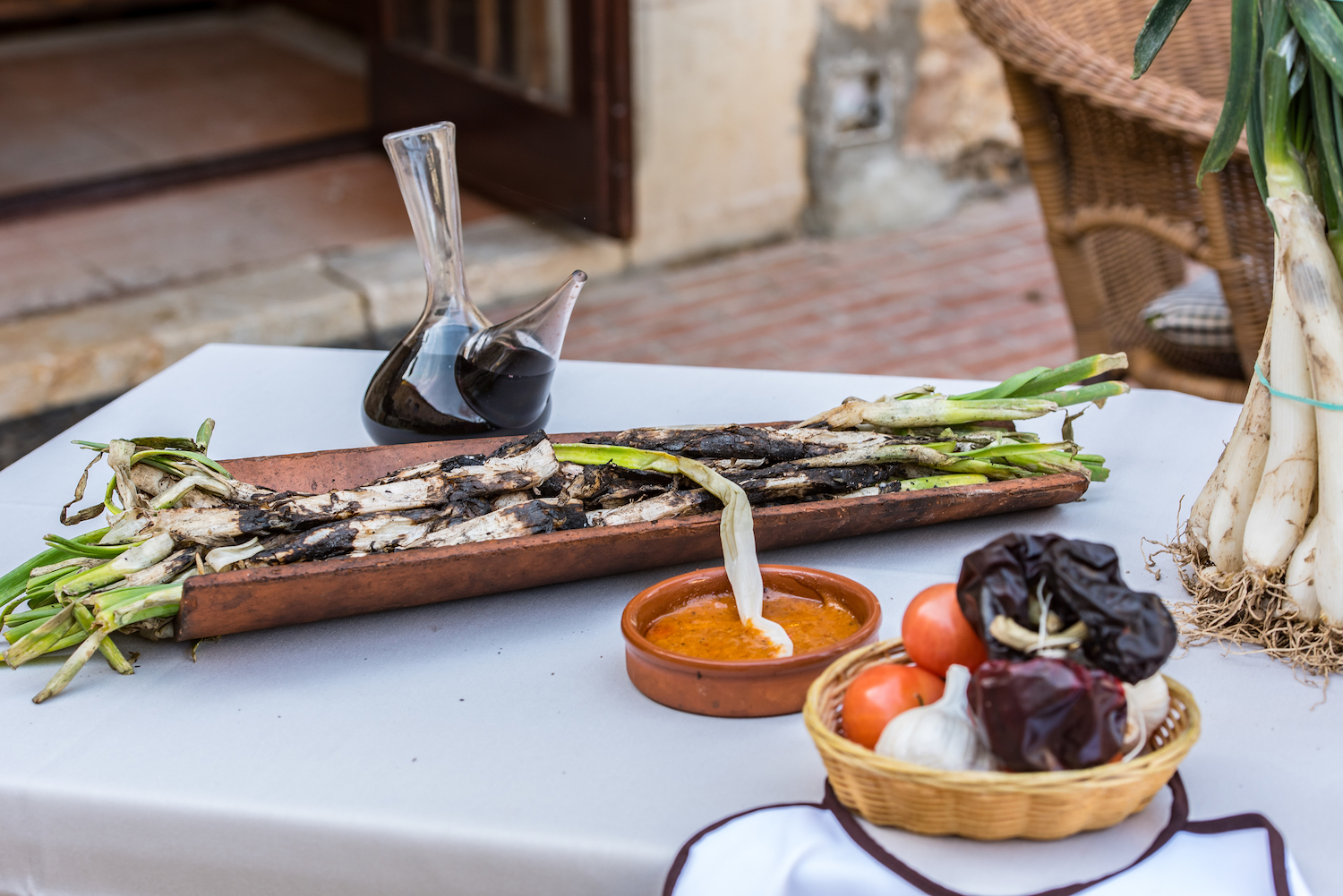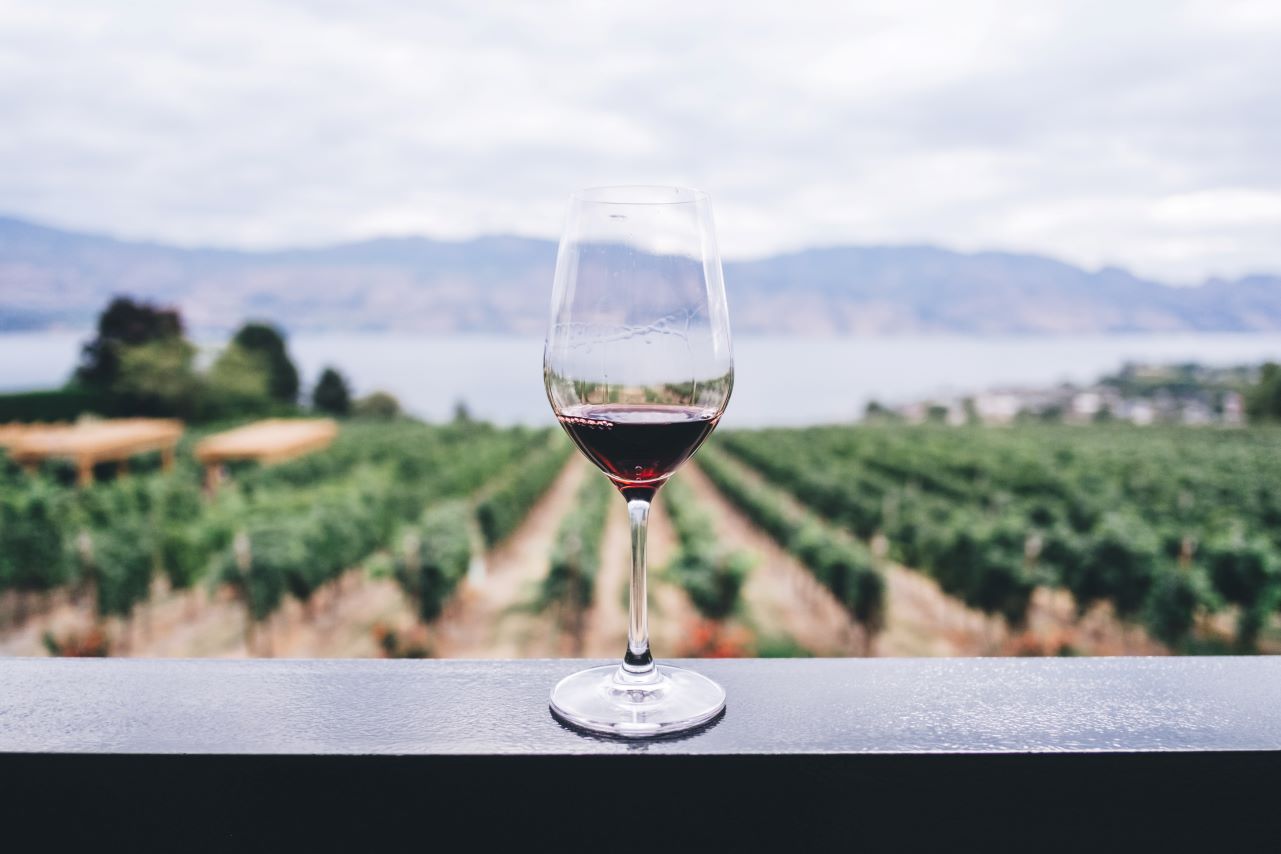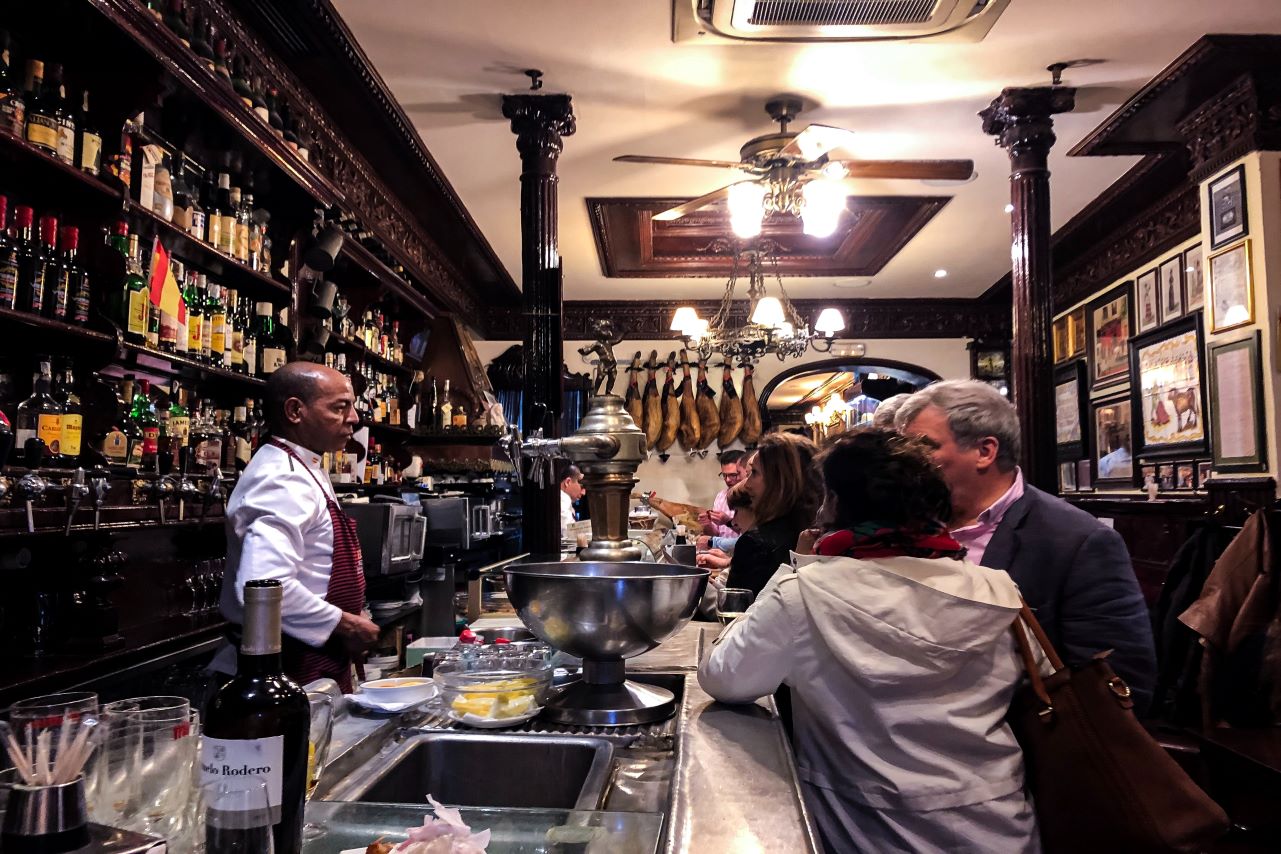National drink “Sangria”
National drink “Sangria”
National Spanish drink “Sangria” is relatively new – it appeared at the beginning of the XIX century in the southern Spain and Portugal. The history of this drink is related to the profession of fruit picker. These people always carried the winebag on their back during the harvest season. It was filled with the red wine, diluted with water. Such drink has quenched the thirst and didn’t let them get drunk. To improve the taste, fruit pickers added the fresh squeezed citrus juice in the winebag.
We don’t know certainly why the drink got such name. There is a legend that in the old days the farmers of Rioja couldn’t gather the good for several years because of dry weather. Therefore, feudal lords decided to carry out a punitive operation, where a few hundred people died. Then the farmers prepared the punch for the landowners as an exit package. The latter liked it so much that the operation was terminated. In memory of this bloodbath, the drink was called “Sangria” (“sangre” means “blood”).
Another story about the origin of this drink is a legend about a soldier Heliogabal, who long dreamed about the creation of citrus wine from the Spanish oranges, but it never worked out. Eventually, he got mad and just threw the orange slices into the red wine. The local people didn’t appreciate the winemaking art of the soldier and called him heretic, and the drink- “the devil blood” (Es Sangre del Diablo), as a result of which the soldier was burned alive. After a few years the Inquisition has lifted the ban on the preparation of such drink. As a result, the drink was called “Sangria ”.
For a very long time, people outside the Southern Europe knew nothing about the national Spanish drink “Sangria”. Only in the age of rock and roll (1960-s and 1970-s), the wave of popularity brought it to many world’s bars.








Comments